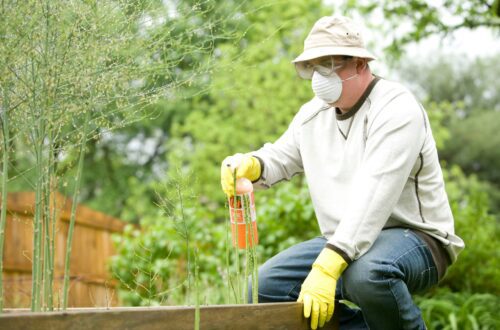Want to know the secret to creating a gorgeous garden? It’s simple. Just throw some succulents into the mix!
It’s true; adding those small green and lime plants to your backyard can create a unique and outstanding oasis. With the right presentation and care, look no further: you’ve got yourself a succulent garden.
Wondering how to get started? We’ve got you covered. Here’s all you need to know about gardening with succulents.
Keep reading!
Research and Choose Colorful Succulent Varieties
Start by researching different types of succulents and their colors. Some popular colorful succulents include Echeveria, Sedum, Crassula, and Aloe. Look for varieties that have vibrant foliage or unique color patterns.
Provide the Right Growing Conditions
Succulents thrive in well-draining soil and require plenty of sunlight. Choose a location for your garden that receives at least six hours of direct sunlight per day. If you’re growing succulents indoors, place them near a south-facing window or provide supplemental grow lights.
For the soil, you can create a suitable succulent soil mix by combining equal parts of regular potting soil, coarse sand, and perlite or pumice. This mixture helps to ensure good drainage and aeration.
Select Containers or Planting Beds
Choose containers or planting beds that have drainage holes to allow excess water to escape. You can use colorful pots or create a visually appealing arrangement with different sizes and shapes.
Make sure the containers are large enough to accommodate the mature size of the succulents.
Plant the Succulents
Gently remove the succulents from their nursery pots, being careful not to damage the roots. Dig a small hole in the soil and place the succulent inside, ensuring the roots are covered.
Firmly press the soil around the plant to stabilize it.
Watering and Maintenance
Succulents have low water requirements, so it’s important not to overwater them. Allow the soil to dry out between watering sessions. When you do water, provide a thorough soak and let the excess water drain away. Avoid leaving your succulents sitting in standing water.
Make sure to learn how often to water succulents in this guide. Additionally, regularly remove any dead leaves or debris from the garden.
Fertilize Sparingly
Succulents generally do not require frequent fertilization. You can use a balanced, low-nitrogen fertilizer diluted to half-strength during the growing season (spring and summer). Apply the fertilizer once a month or as directed on the packaging.
Protect From Extreme Conditions
Succulents can be sensitive to extreme temperatures. If you live in an area with harsh winters, you may need to protect your succulents from frost or bring them indoors during the colder months.
Similarly, very hot climates provide some shade or protection from intense sun exposure.
Enjoy Your Colorful Succulent Garden Today
As your succulent garden matures, it will become a beautiful and colorful oasis. Take time to appreciate the unique colors, textures, and forms of your plants. Regularly monitor their growth and make adjustments as needed.
Now that you know the basics, get started today and add a splash of color to your home!
Did you find this helpful? Check out the rest of our blogs!






